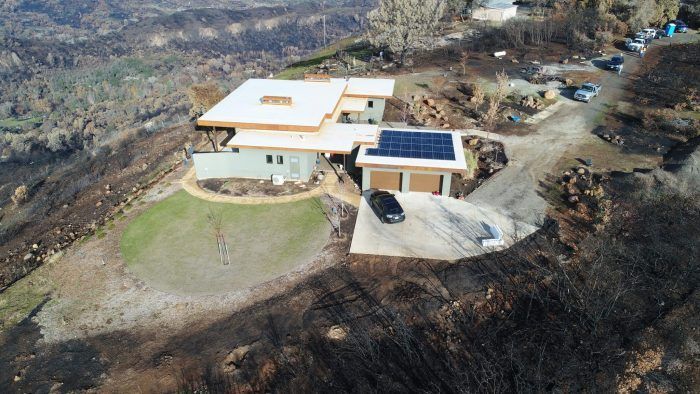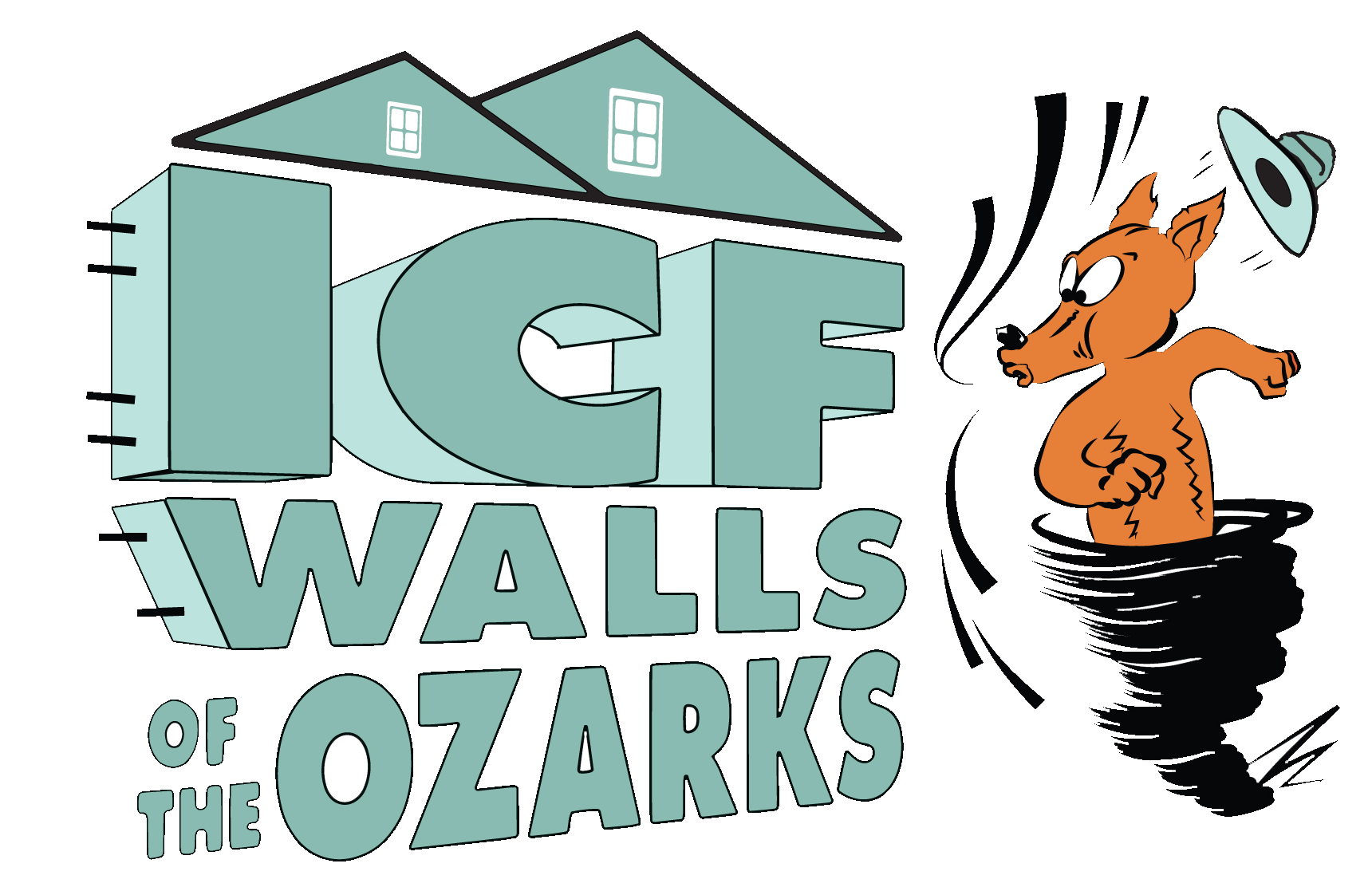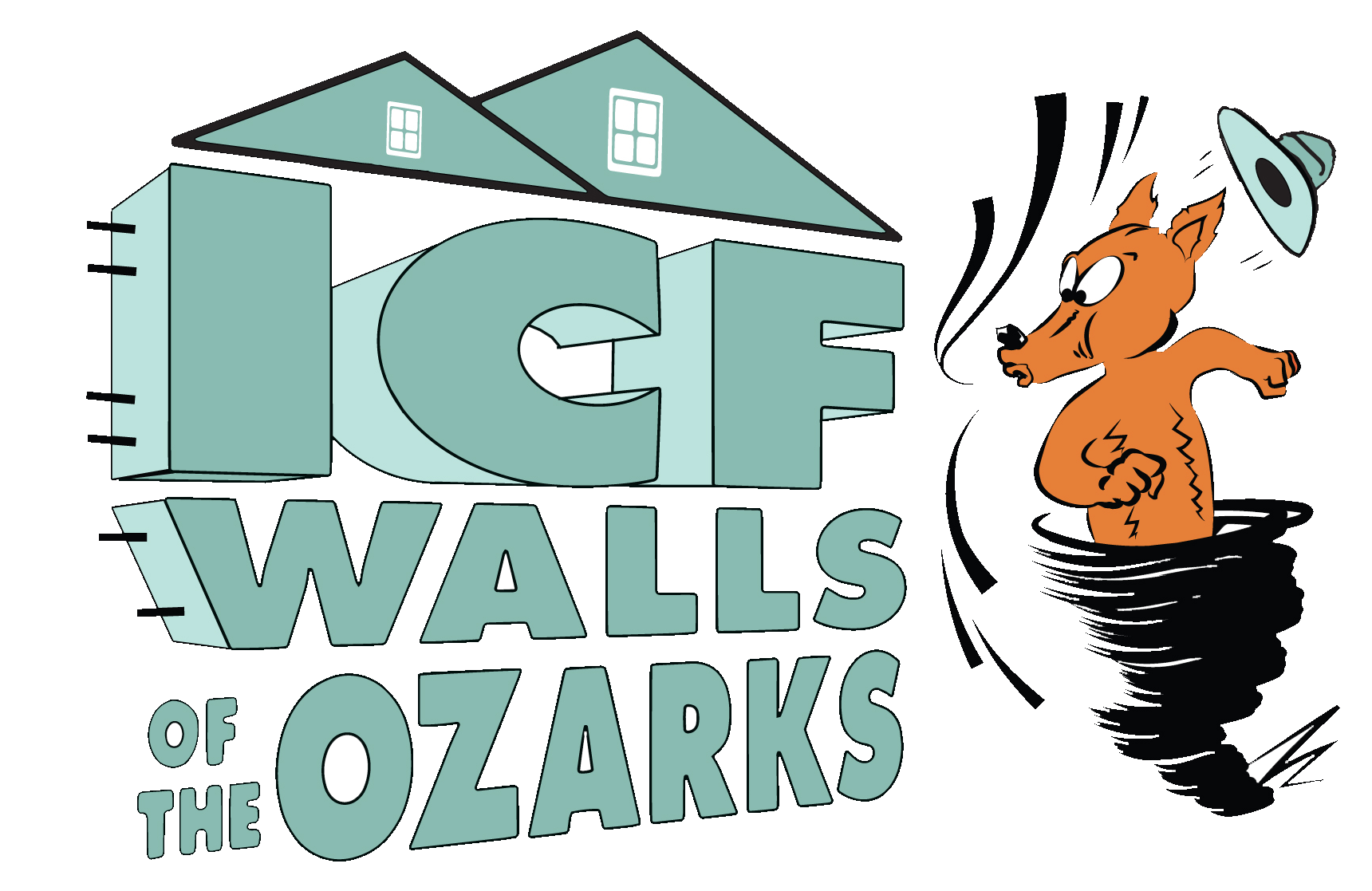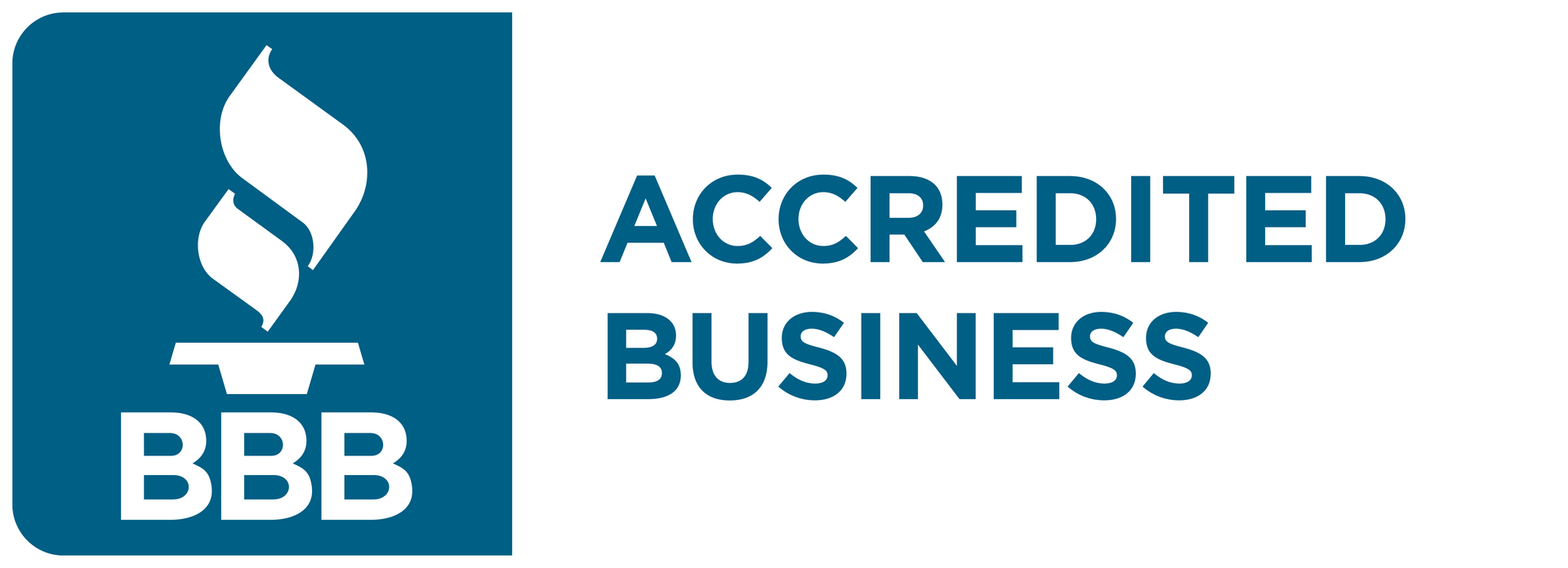Fire Survivor: How To Protect Your Home and Family
In the wake of devastating wildfire seasons, such as the ones witnessed in California in 2017 and 2018, homeowners are increasingly seeking solutions to safeguard their families and properties from the ravages of fire. The tragic events of the November 2018 Camp Fire, the deadliest and most destructive wildfire in California’s history, shined a spotlight on the effectiveness of Insulated Concrete Forms (ICFs) in preventing structure damage or loss during wildfires. A home in Butte County, constructed with Logix ICF blocks for the wall assembly, sheds light on the remarkable fire-resistant properties of ICFs and their ability to protect structures from wildfires.

Non-Combustible Properties of ICF
ICFs stand out for their EPS foam insulation and concrete core, making them highly flame resistant. The concrete cavity, typically six to eight inches thick, serve as a fireproof core, while the rigid EPS foam insulation contains a fire retardant that prevents ignition or burning. In fact, ICF assemblies boast a flame spread index (FSI) of 0-25, classified as Class A on the ASTM E-84 scale, indicating exceptional fire resistance. This is in stark contrast to traditional wood-framed structures, which often fall into the Class C category with FSIs ranging from 76-200.
The Camp Fire Case Study
During the Camp Fire, a single-family ICF home in Butte County, emerged as a beacon of resilience amidst the devastation. Despite the fire’s aggressive nature and intense heat, the home, located just west and downwind of the town of Paradise, survived the inferno. Wind-driven embers and flames engulfed the property, and even though decorative landscape bark aided the fire’s physical contact with the house, the 6-inch ICF wall assembly with a 3-hour fire rating proved to be a remarkable barrier.
The Power of a 3-Hour Burn Rate
The 3-hour fire rating of the ICF wall assembly, combined with the EPS insulation’s low flame spread index, played a pivotal role in preventing the flames from spreading or transferring enough heat to ignite a fire inside the structure. Despite the exterior stucco sustaining damage from the intense heat, the integrity of the home remained intact, showcasing the unmatched resilience of ICF constructions in the face of wildfires. In conclusion, the Camp Fire case study emphasizes the effectiveness of ICFs in reducing the impact of fires on structures. With non-combustible properties and a 3-hour burn rate, ICF construction offer homeowners unparalleled peace of mind and protection against the destructive forces of nature.
As we continue to confront the challenges posed by fires, investing in ICF Legacy home is a wise and proactive choice for safeguarding homes and communities against future fires.
Want to learn all that an ICF home can do for you?






